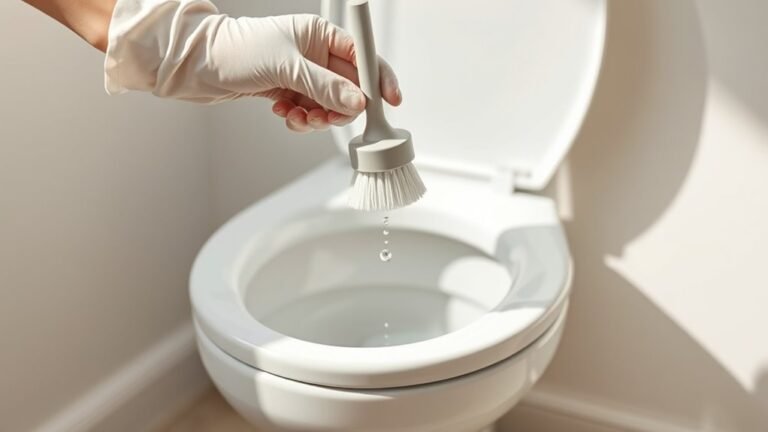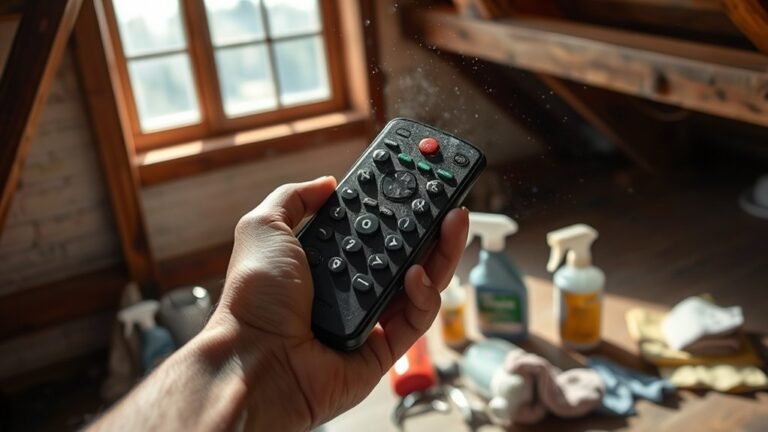Washing Toilet Without Damage
To wash your toilet without causing damage, choose eco-friendly, pH-balanced cleaners made for porcelain and avoid abrasive or acidic products. Use soft-bristled brushes with nylon or silicone bristles to scrub gently. When removing hard water stains, try a vinegar and water solution instead of harsh chemicals. Always flush and wipe the seat and rim carefully….









